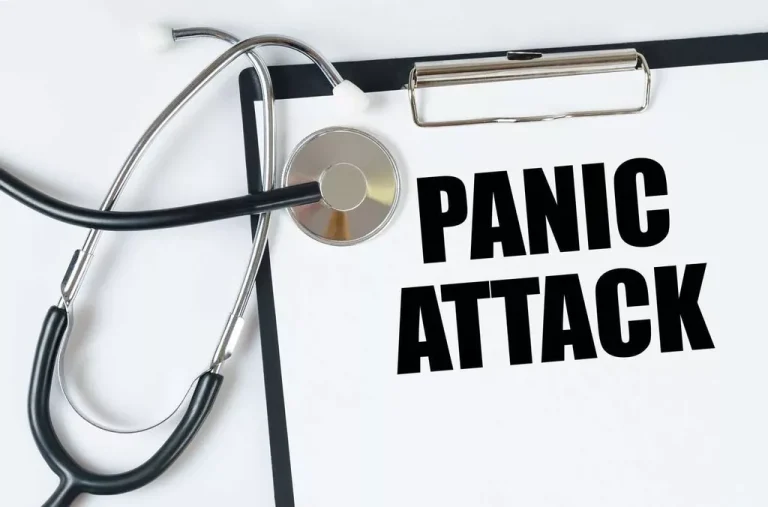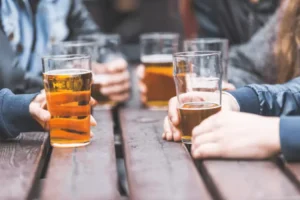Information from more complete and accurate death certificates could also be integrated into population surveillance, cohort studies, and interventional clinical trials addressing use of drugs and alcohol. Demand-side explanations focus on the factors that make certain demographic groups more vulnerable to drug and alcohol addiction and poisoning. Qualitative researchers have interviewed individuals who are living lives plagued by drug and alcohol misuse and dependence.
Biden claim: Trump told Americans to inject bleach to treat COVID-19
Alcohol-induced deaths also increased among Whites during the entire study period, and while alcohol-induced deaths declined among Blacks and Hispanics throughout the 1990s and early 2000s, those declines leveled off during the late 2000s and shifted to increases in the 2010s. There has been pushback against the argument that despair is a strong explanation for the rise in working-age mortality and against grouping drug- and alcohol-related and suicide deaths in a composite “despair” classification. Major critiques include, first, that most of the alcoohol is better than drugs increase in working-age mortality since the 1980s was due to drug poisoning, with suicide and alcohol-related causes contributing negligibly to either the increases for most working-age groups (Masters, Tilstra, and Simon, 2017) or the increases in educational disparities in life expectancy (Geronimus et al., 2019). A second critique is that increases in the three causes of death (drugs, alcohol, and suicide) have varied by time, geography, and demographic group, raising skepticism that they could share a single underlying cause such as despair.
Alcohol consumption around the world
In commenting on this analysis, Cherlin (2018) expresses some doubt about whether the findings support the idea of growing despair in the United States. He notes that among low-SES Whites, the greatest declines in psychological health occurred for indicators of “positive affect” (feeling cheerful, in good spirits, extremely happy, calm and peaceful, satisfied, full of life, life satisfaction). “Negative affect” (so sad nothing cheers you up, nervous, restlessness, hopeless, everything was an effort, worthless) showed smaller differences by SES. Moreover, scales of psychological well-being, which Cherlin argued were better measures of despair, showed weak and insignificant SES gradients.
By the numbers: America’s alcohol-related health problems are rising fast
The highest levels of per capita consumption in 2019 were observed in the WHO European Region (9.2 litres) and the Region of Americas (7.5 litres). It is unclear exactly what Trump meant with his reference to “plus beyond that.” He promised business leaders that he would lower the corporate tax rate to 20%, The New York Times reported June 13. The U.S. Customs and Border Protection’s Border Patrol and Office of Field Operations seized nearly 549,000 pounds of illicit drugs in 2023, according to federal data. “We brought down the price of prescription drugs, which is a major issue for many people, to $15 for an insulin shot — as opposed to $400,” Biden said.
In general, differences by metropolitan status among working-age White adults are small. The gap between large metropolitan areas (hereafter referred to as “large metros”) and other areas grew the most among White males, but nonmetropolitan areas (hereafter referred to as “nonmetros”) and small and medium metropolitan areas (hereafter referred to as “small/medium metros”) experienced slower increases in mortality from drug poisoning, particularly during the 2010s. This finding suggests that mortality due to drug poisoning is not responsible for the growing gap in all-cause mortality between large central metros and nonmetros among working-age White adults. However, Monnat (2020a) notes substantial variation in drug poisoning mortality across different rural areas in the United States, and while some rural areas have among the lowest drug mortality rates in the country, others have the highest. Combining all rural areas into one composite rate averages out these wide divergences and masks the reality that drug poisonings accounted for a large share of the widening rural mortality penalty in certain regions (e.g., Appalachia, New England) and economic contexts (e.g., mining counties) (Monnat, 2020b). Drug mortality rates increased throughout the entire study period for White males and females in all three age groups (Figure 7-1).
- The gap between large metropolitan areas (hereafter referred to as “large metros”) and other areas grew the most among White males, but nonmetropolitan areas (hereafter referred to as “nonmetros”) and small and medium metropolitan areas (hereafter referred to as “small/medium metros”) experienced slower increases in mortality from drug poisoning, particularly during the 2010s.
- The cumulative effects of these multidimensional long-term exposures to adverse conditions remain unexplored.
- Researchers should make better use of the codes for MCD in the ICD-10 in their examination, analysis, and explanation of trends in cause of death.
- References to non-CDC sites on the Internet are provided as a service to MMWR readers and do not constitute or imply endorsement of these organizations or their programs by CDC or the U.S.
- A 2022 report by the Department of Health and Human Services found that patients using insulin spent an average of $434 annually on insulin in 2019 — not $400 a shot.
- Drug poisoning deaths have been rising for almost three decades, primarily among non-Hispanic Whites (Whites) but also among non-Hispanic Blacks (Blacks) and Hispanics.
Presidential debate fact check: What Trump, Biden got right (and wrong)
Stigma, discrimination and misconceptions about the efficacy of treatment contribute to these critical gaps in treatment provision, as well as the continued low prioritization of substance use disorders by health and development agencies. The highest proportion (13%) of alcohol-attributable deaths in 2019 were among young people aged 20–۳۹ years. Biden took executive action on June 4 that authorized the U.S. to turn away migrants who enter the country illegally when crossing levels https://ecosoberhouse.com/article/who-sober-alcoholics-are-and-what-it-means-to-be-sober/ are high. The policy is triggered anytime unlawful crossings hit an average of 2,500 people a day in a given week. Although Trump claims that Biden is entirely responsible for massive inflation, economists we have spoken to say Biden’s policies are only partly to blame. The economists placed the lion’s share of the blame for inflation on disruptions to the economy caused by the pandemic, including supply shortages, labor issues and increased consumer spending on goods.
Related research and data
Under Biden, the GDP grew by 5.8% in 2021 — a post COVID-19 bounce-back — by 1.9% in 2022 and 2.5% in 2023. Greenhouse gas emissions, which are responsible for global warming, did decline from 2019 to 2020. But that was “largely due to the impacts of the coronavirus (COVID-19) pandemic on travel and economic activity,” according to the EPA. Emissions increased by 5.7% from 2020 to 2022, once the economy started getting reactivated again, the agency said. Also, it’s worth noting that the Institute for Economics and Peace’s Global Peace Index — which measures the safety of 163 countries based on 23 indicators, including violent crime, deaths from internal conflict and terrorism — said the “least peaceful country” is Afghanistan, followed by Yemen, Syria, South Sudan and the Democratic Republic of the Congo. “Most of these fatalities are related to the lack of options for safe and regular mobility, which increases the likelihood that people see no other choice but to opt for irregular migration routes that put their lives at risk,” the organization said in its 2022 report.
Still, there are some widely agreed-upon guidelines — drinking thresholds above which a person’s risk of developing a disease or shaving time off their life significantly increases, according to the data. However, some data suggest men drink an average of 3.5 servings of beer or 1.8 servings of wine on days when they drink beer and wine. And at least one study found the average alcohol content of beer, wine, and spirits increased between 2003 and 2016, packing more of a punch per serving. The death rates were also highest in low-income countries and lowest in high-income countries. The WHO urges nations to improve their “prevention and treatment of substance abuse, including narcotic drug abuse and harmful use of alcohol.”
The health impact of alcohol
- Among adults with severe pain, the use of strong opioids more than doubled from 11.5 percent in 2001–۲۰۰۲ to 24.3 percent in 2013–۲۰۱۴.
- Currie, Jin, and Schnell (2019) concluded that the relationship between employment and opioid prescribing rates is weak and that trends in employment do not explain the rise in opioid prescribing.
- But that was “largely due to the impacts of the coronavirus (COVID-19) pandemic on travel and economic activity,” according to the EPA.
- Physicians were encouraged to be more aggressive with pain management and given misleading information about the safety of opioids and their lack of addictiveness.
- Until stocks and assets are sold, the earnings are referred to as “unrealized” gains.
This section first provides an overview of conceptual models of addictive behaviors and then summarizes the evidence for these explanations. With the exception of the Prohibition era (1920–۱۹۳۳), the United States has historically had fairly moderate alcohol regulations relative to peer nations (Gruenewald, 2011). Except for raising the drinking age from 18 to 21 and enacting stricter laws regarding driving while intoxicated and the ways in which alcohol is advertised, the United States has trended toward less restrictive alcohol policies over the past several decades. As with prescription drugs, alcohol industry deregulation (e.g., relaxing days and times of sales, relaxing where alcohol can be sold, allowing home delivery and “cocktails to go”) and privatization have resulted in increased availability and affordability of alcohol (Freudenberg, 2014).
امتیاز شما به این مطلب




